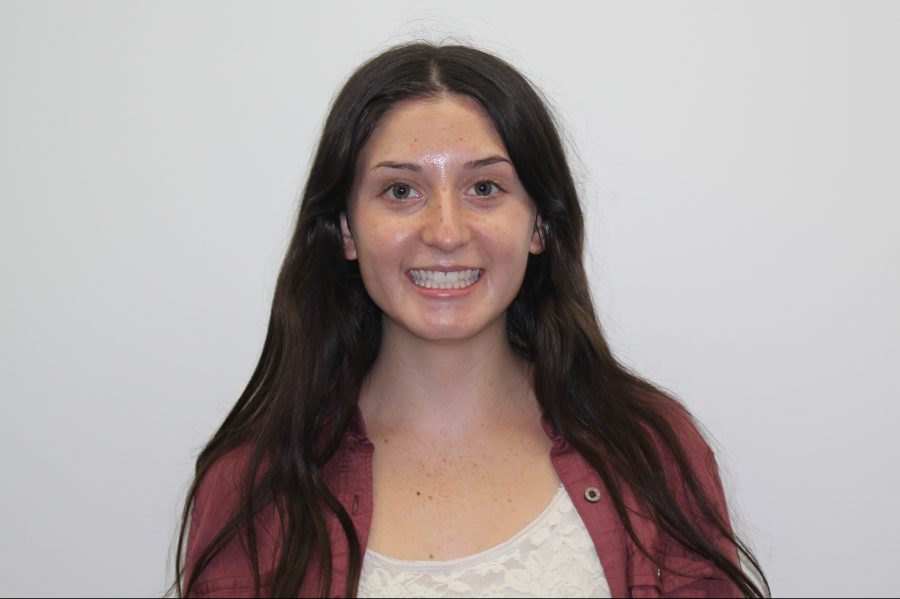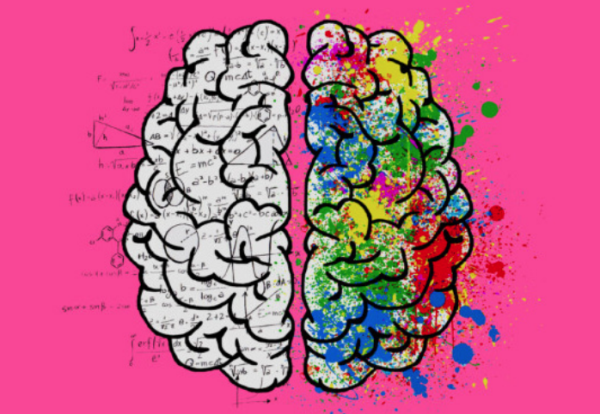There goes the sun (dun dun dun dun)
Artificial light pollutes the environment
Let’s pretend you ask a classmate for scratch paper to take notes, but rather than giving you that new, fresh sheet you expected, your classmate hands you a piece of paper full of random pencil marks and drawings
You grab an eraser and vigorously rub at it until either your hand is unbearably sore or you have withered a hole straight through the page. But no matter how hard you try, the pencil marks just won’t go away.
This is the predicament we have handed to Earth – only on a much larger, more serious scale. Unknowingly, we have let light pollution smudge the atmosphere, and this damage is not easily erasable.
Once in a blue moon, we see it – a dazzlingly vast, black sky scattered with an unfathomable amount of stars. If you’re lucky, you’ll get to view this scene once in your life, perhaps on a boat in the middle of the ocean or at a campsite far away from city lights.
More realistically, you’ll only ever see this mystical array of stars in rare movie scenes. Why? Because it’s practically a fantasy.
According to Science Advances, almost 80 percent of North Americans are unable to see the Milky Way. This statistic was once much lower, but the spread of light pollution has made it increasingly difficult to view the splendor of the skies.
But light pollution is far more than the dismantling of aerial beauty. It is a hazard to both humans and wildlife.
The human body functions on a 24-hour sleep cycle – the circadian rhythm. According to the scientific news research source Futurism, artificial light disrupts the continuity of our sleep pattern, which can lead to a heightened risk of sleep disorders, depression and cardiovascular disease, among other things.
It is no surprise that numerous birds die each year by crashing into windows. As a result of this seemingly suicidal attempt, birds are accredited as being unintelligent, but in fact we are the ones to blame and are just as susceptible to a collision.
Night-migrating birds navigate according to the stars.When they see artificial lights on houses and buildings, the birds get confused and head straight for the light source – where they go out with a bang.
Artificial outdoor lighting creates what is known as “disability glare,” which is not just applicable to birds. Disability glare is light that impairs our ability to process certain visual information.
This is particularly dangerous while driving, especially for older drivers whose eyes cannot adjust rapidly to synthetic light. As peculiar as it sounds, an increase of light can lead to an increase of crashes.
What’s the solution? Do we cut out all outdoor lighting and drive around in a blackened world? Of course not, but there are measures we can take to reduce light pollution and maintain, or even enhance, safety.
Turn off the light switch when you are out of a room. Not only will you be helping reduce light pollution but you will also be lowering your electricity bill.
When it’s too dark outside to depend on natural light and you need to turn on your indoor house lights, close the blinds. This will prevent artificial light from escaping outside and contaminating the air.
Similarly, check your outdoor lights. Many light sources direct light upwards or sideways. You can look for an International Dark-sky Association (IDA) seal of approval for low-glare, limited pollution lighting. Simply switching to light sources that direct light downwards can slow light pollution.
Natural light is sensational, so let’s not try to outdo the sun and all the wonders of the sky by blocking them with a layer of our own synthetic light.









![A group photo of all students who came to STN at the first Cinefest of STN were they showed films that other schools did for some of the competitions.
"[my favorite moment was] crazy 8 or cinefest or socializing." Elliana Montez a freshman at GBHS](https://granitebaytoday.org/wp-content/uploads/2025/03/CgHlLzxuCLXTL8GUeOFSXTK2JFtSMxUFrH6bnLcM-600x450.jpg)





Jupiter Gogna • Jan 26, 2024 at 10:31 am
Finally, someone who understands the horrible acts of light pollution that affects stars, galaxies, nebulae, and even astrophotography. I am interested in astronomy and I agree with everything that you say because I want to be an astronomer when I grow up. Thank you for providing this article about astronomy that I like.
-Jupiter